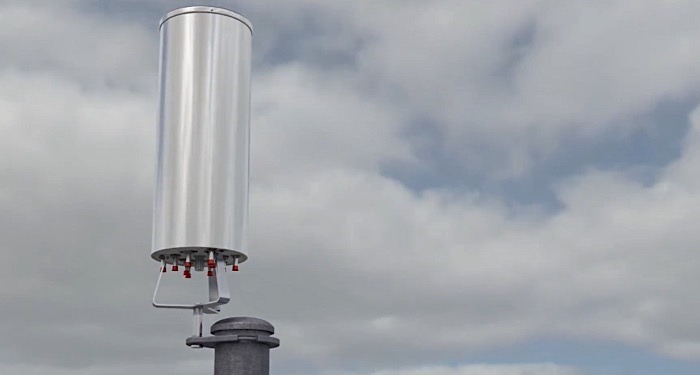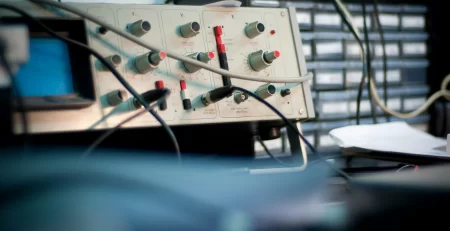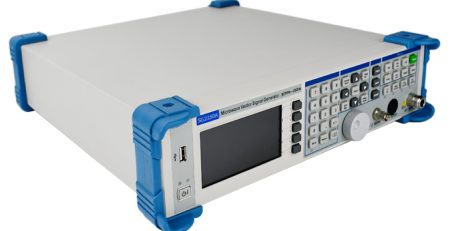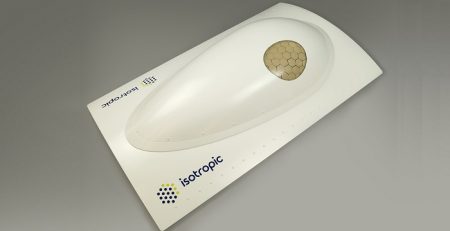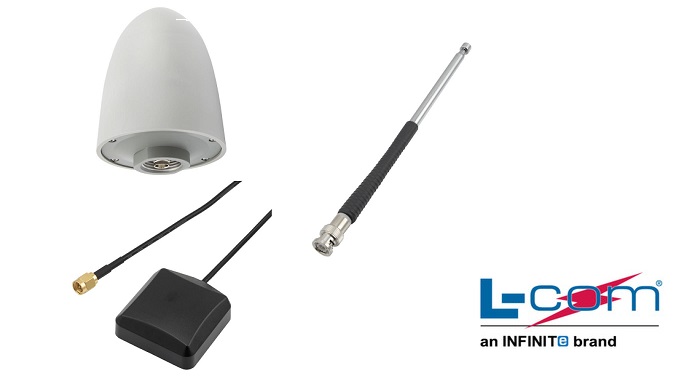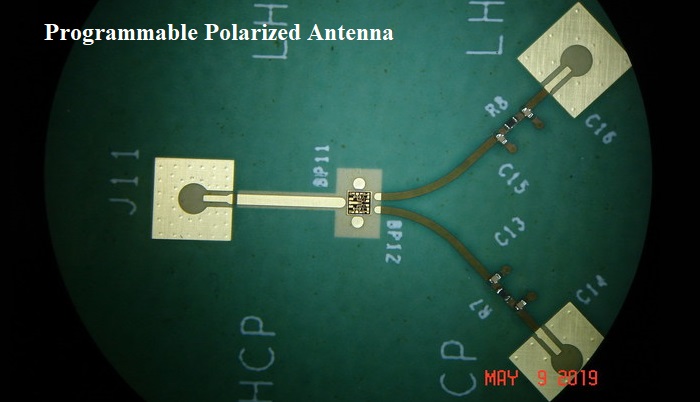How Does the Correct RF Antenna Improve Your Communication System in 2025?
 Why Your Communication System Rely on the Correct RF Antenna?
Why Your Communication System Rely on the Correct RF Antenna?
Important RF Antenna Functions in Contemporary Systems
An RF antenna offers an important interface between radio frequency waves and the surrounding air. The RF antenna plays a big part to play in transmitting as well as receiving electromagnetic waves. When transmitting, the antenna converts electrical signals into radio waves. When it is receiving, it reverses. Such two-way functionality renders it very crucial in providing lossless wireless connections. Whether in a satellite connection, a base station, or an IoT sensor, the antenna determines signal power, range, and system success in general.
 Common Problems Caused by the Incorrect Selection of Antennas
Common Problems Caused by the Incorrect Selection of Antennas
Selecting the incorrect RF antenna would cause many issues. Some of them include poor signals, higher noise levels, and smaller coverage areas. An unmatched antenna would cause impedance issues, signal bounce back, and power loss. Additionally, antennas of improper gain or polarization would cause insecure communication. These kinds of problems typically occur as lost calls, poor data speeds, or even total connection loss, especially in places with high interference and intricate signal paths.
Things to be Considered When Selecting an RF Antenna
Matching the Frequency Range
All communication systems function within a specific frequency band. Choosing the right RF antenna should be corresponding to this band for maximum performance. Using an antenna beyond its right frequency band causes a significant loss of signals and poor radiation patterns. RFecho provides antennas with versatile frequency ranges from VHF/UHF bands up to millimeter-wave bands. They are compatible with wireless technologies like 4G/5G, Wi-Fi, LoRaWAN, and satellite systems.
Gain and Direction Needs
Antenna gain shows how well it concentrates energy in a particular direction. High-gain antennas are ideal for long-range, point-to-point networks but may not be suitable for large coverage, for mobile networks or city Wi-Fi deployments. Direction is relevant too. Directional antennas, give focused beams. Omnidirectional antennas give 360-degree coverage. RFecho provides customized gain options to suit individual needs.
Matching the Antenna to Your Needs
Antennas for Wireless Networks
Performance of the antenna in wireless networks like cell networks or broadband access points directly affects user satisfaction. RFecho offers sector antennas, panel antennas, and omni antennas for LTE/5G base stations and backhaul connections. The antennas are designed for high efficiency and low VSWR (Voltage Standing Wave Ratio). This ensures minimal signal loss and uniform coverage over regions.
Solutions for IoT and Low-Power Gadgets
IoT devices have tight power restrictions and need tiny but effective antennas. RFecho provides low-profile patch antennas, chip antennas, and flexible PCB-based forms. These are available for NB-IoT, ZigBee, BLE (Bluetooth Low Energy), and LPWAN technologies like Sigfox or LoRa. Most of them are customizable with respect to tuning to fit individual device cases or materials.
High-Performance Models for Military and Aerospace
Military communications gear must exhibit strong performance in severe conditions, like intense heat, vibration, or electromagnetic interference. RFecho’s RF antennas are built with strong materials and superior shielding. They offer customized design for radar systems, UAVs (unmanned aerial vehicles), SATCOM terminals, ECM (electronic countermeasures), and telemetry systems. They are MIL-STD compliant as and when needed.
Installation and Placement Tips
Why Proper Mounting Matters?
Even the best antenna cannot work well if it is mounted poorly. Good mounting gives good support and keeps the antenna in the direction of the signal. For directional antennas like horn or parabolic antennas from RFecho, specific aiming is necessary to achieve maximum gain in the direction one wants.
Preventing Interference from Surrounding Parts
Other metals or electronics in the surrounding area will interfere with radiation patterns or generate spurious signal effects. This has negative impacts on system performance. Adequate distances need to be maintained between the antenna and other items, including power supplies or digital processors. RFecho offers technical consultation regarding set-up configurations in their bespoke design service in order to avoid these issues.
How RF Antennas Enhance System Efficiency and Coverage?
Making Signals Stronger and Minimizing Losses
A well-matched RF antenna increases the link budget by minimizing return loss (S11) and maximizing the efficiency of radiated power. Signals travel longer with less power, which is great for battery-operated equipment like remote sensors or wearables. RFecho’s products are offered in models with optimized impedance matching circuits, which markedly minimize insertion losses.
Increasing Data Speed and Reliability
Continuous data flow is necessary in high-data applications like 5G video streaming or real-time aerospace telemetry. A quality antenna provides a strong SNR (Signal-to-Noise Ratio). This translates to a smaller error and retransmission, which in turn elevates data rates and minimizes delays.
Why RFecho as Your Proven Partner?
RFecho’s Expertise in RF Technology
RFecho has years of experience in developing state-of-the-art RF components, from commercial, industrial, defense, aerospace, automotive, medical device, and test equipment market antennas. Their design engineers work on customer-specific solutions to difficult technical requirements, including bandwidth tuning, polarization control (linear or circular), and multi-band capability. All products are thoroughly tested with equipment like vector network analyzers (VNA) and anechoic chambers for pattern measurement. Environmental stress testing is done if necessary.
 Other Equipment to Enhance Your System
Other Equipment to Enhance Your System
Amplifiers for Enhanced Signals
To complement your RF antenna system, especially for low signals over long distances, RFecho has low-noise amplifiers (LNAs) and power amplifiers (PAs). These are extremely linear, suitable for sensitive receivers or high-power transmitters.
Switches for Smart Signal Routing
RF switches enable you to switch signals between channels. This is useful in MIMO applications or test equipment where you need to switch fast. RFecho has mechanical relay-based and solid-state switches up to 50 GHz, based on the model.
Filters for Clearer Signals
Clean signals are a priority in today’s congested spectrum, where interference is common. RFecho’s filter family includes bandpass filters, notch filters, diplexers, and triplexers. They are built with steep roll-off profiles that permit only the desired signals through and reject out-of-band noise.
FAQ
Q: What’s most important when choosing an RF antenna?
A: Frequency compatibility is most critical. Your antenna must work in your system’s frequency range to give good sending and receiving of signals.
Q: May I use the same type of antenna for every device?
A: Generally not. Different uses have different needs, including size, gain, or polarization. It’s best to choose antennas optimal for a specific application or have custom ones from RFecho.
Q: What is the function of gain in my communications system?
A: Increased gain will provide a longer range but a tighter beam. Ideal for good, straight paths but possibly useless where more comprehensive coverage is needed, e.g., indoor Wi-Fi.
Q: If standard antennas are not suitable in my design, are there special solutions?
A: Yes, we can offer special antenna solutions for your specific layout or performance specification.
Q: How do I avoid interference during installation?
A: Keep space between the metal surfaces or electronics and the antenna. Use shielded cables if needed. For setup tips, refer to RFecho as well as technical manuals.

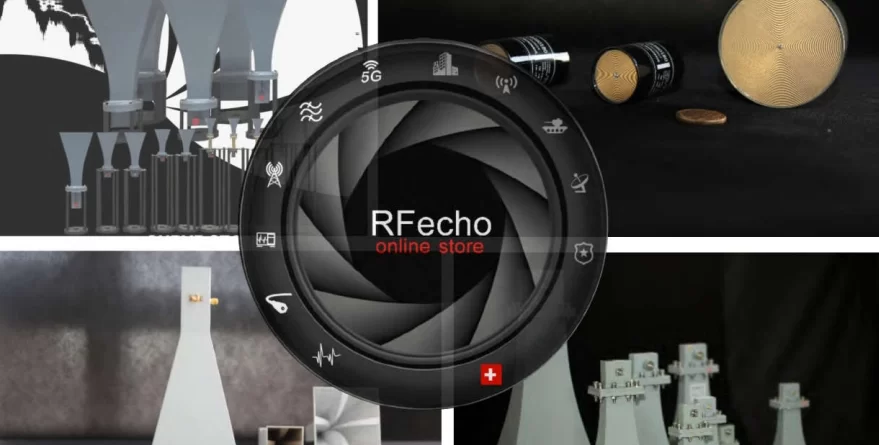
 Why Your Communication System Rely on the Correct RF Antenna?
Why Your Communication System Rely on the Correct RF Antenna?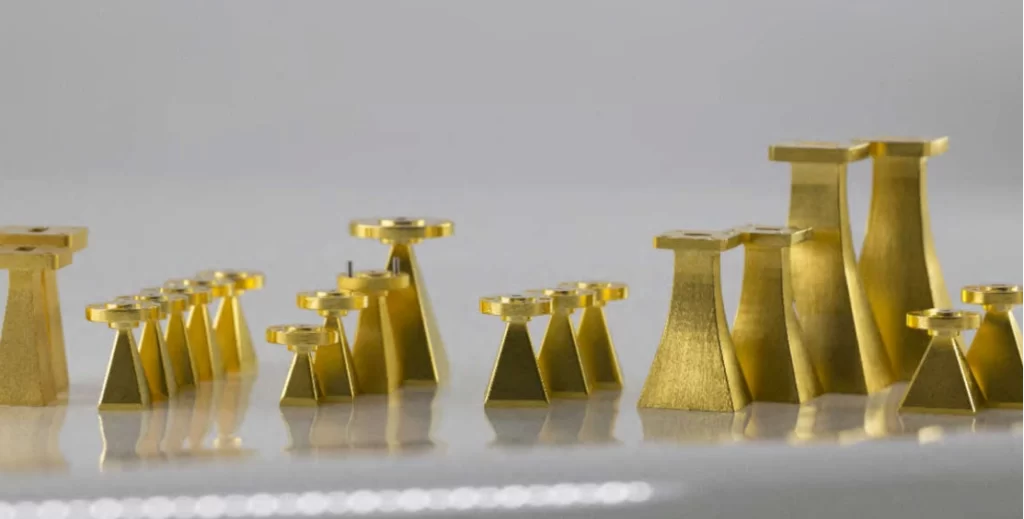 Common Problems Caused by the Incorrect Selection of Antennas
Common Problems Caused by the Incorrect Selection of Antennas Other Equipment to Enhance Your System
Other Equipment to Enhance Your System
